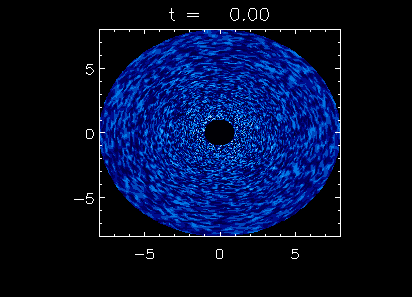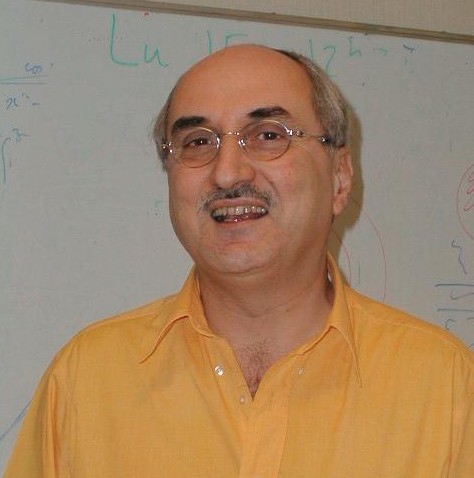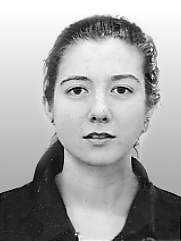 the NOMADs collaboration: |
Accretion-Ejection Instability, Rossby Wave Instability...
|
 |
 |
 |
 |
 |
 |
 |
Our collaboration brings together theory, observation and numerical simulation to understand the Quasi-Periodic Oscillations (QPOs) observed in the luminous emission of accreting compact objects, especially black holes. We consider these oscillations as the "last scream" of the gas as it flows toward the compact object, a fitting description since we attribute them to sound-like, compressional perturbations that form global, unstable modes (Accretion Ejection and Rossby Wave Instabilities) in magnetized disks.
QPOs mark important phenomena in the innermost region of the accretion disk, and we believe that they are the key to understand the last stages of accretion and of the formation of jets in these sources. Thus beyond our models of QPOs we attempt to reach a global understanding of the physics of accreting black holes: we have built up a global scenario, that we called "Magnetic Floods", which starts from our models and explains the long-term variability of the sources by the gradual accumulation of the vertical magnetic flux carried by the accreting gas, and its sudden destruction in reconnection events when the conditions permit it.
In the course of this work we have produced theoretical models and numerical simulations for hte low and high frequency QPOs of microquasars, as well as for the quasi-periodicity observed during the flares of the supermassive black hole in Sagittarius A*, at the center of the Galaxy. We have aslo presented, as a side-product of our work, a possible solution to the existence of a "Dead Zone" in protoplanetary disks.
Concerning observations, we have presented detailed analysis of the properties of the QPOs, and of the state of the sources when QPOs are present. We find a good agreement with our models, in particular with the fact that the QPOs may be the cause, rather than a consequence, of the spectral states of the sources.
Quasi-Periodic Oscillations
blablaBasic considerations
QPOs are the last manifestation of the gas before it disappears toward the black hole. We call them its "last scream", a fitting name sincewe find explanations based on sound-type waves sweeping the gas in the inner region of the accretion disk.
QPOs can thus provide a powerful diagnostic of the last stages of accretion, and of phenomena in the disk/corona/base of the jet.
Besides their frequencies, models of QPOs must address two essential properties:
- QPOs are coherent
features originating in the innermost region of the
accretion
disk.
Thus, whatever mechanism causes them must correspond to a large-scale, coherent perturbation of the gas motion in the disk: our approach is to look for such perturbations in the form of global modes (a more correct mathematical term is normal modes) of the system.
- QPOs are a strong
modulation ( typically a few to a few
tens of percent in rms) of the X-ray emission.
On the other hand one must note that, even in a disk viewed nearly edge-on, a rotating hot spot would produce no modulation at all, since the disk (typically a few hundred kilometers at a few kiloparsecs) is not resolved. Thus the responsible mechanism must have a
very high amplitude. We thus look for mechanisms that can make global modes unstable, so that they can grow spontaneously to
high amplitude. - QPOs are intimately linked to the spectral states of microquasars: e.g. the low-frequency QPO appears when, and only when, the source is in the "low-hard" state, where its emission is dominated by the corona or base of the jet. The global instability must thus be related to the accretion properties of the source, and one must obviously look for an instability that draws its energy from the accretion process itself.
Our work concerns instabilities that are very similar to galactic spirals, with the Lorentz force replacing self-gravity. They occur in disks threaded by a vertical magnetic field, and are most effective when the field approaches equipartition with the gas pressure. This is exactly the geometry and strength of the magnetic field required by MagnetoHydroDynamic (MHD) models of jets.
On this website you will find:
- a more complete presentation of the linear
theory
- Presentation of the 2D simulations done and in project
- Presentation of the 3D simulations done and in project
- observations of microqusars and link to the model
- the Magnetic Flood Scenario to explain the 30min cycle of GRS 1915+105
- publications related to the model
- a list of contacts and collaborators on that project


